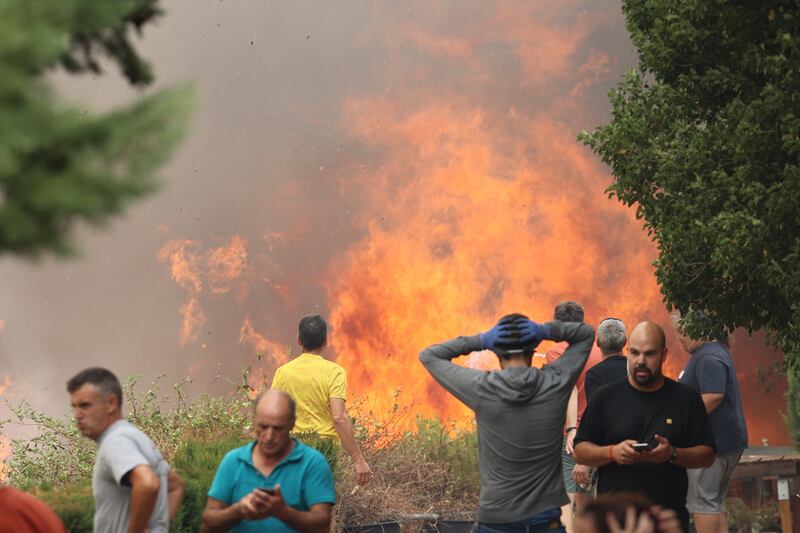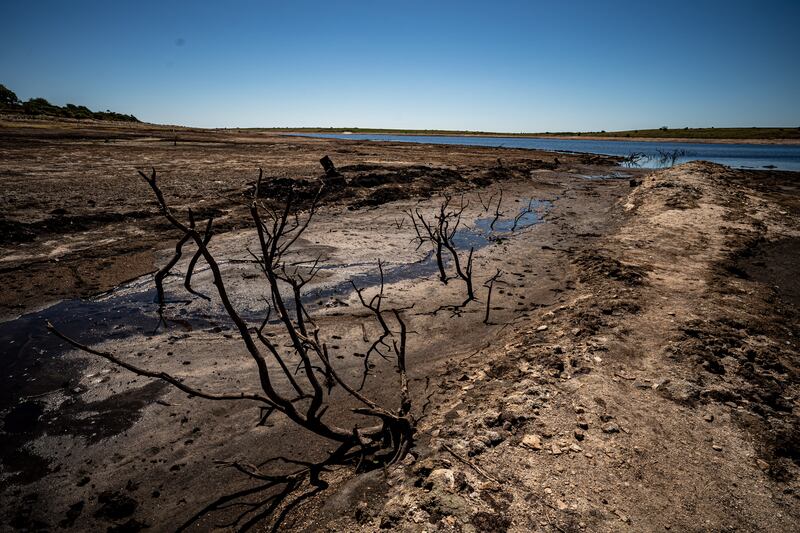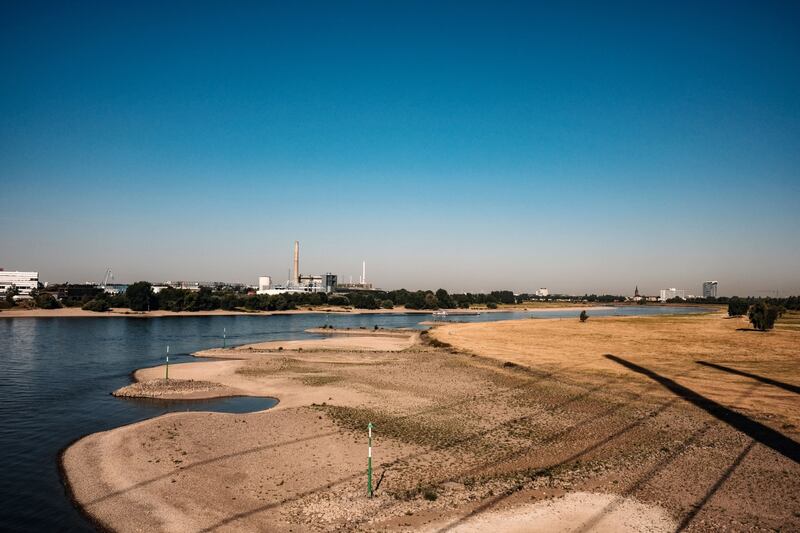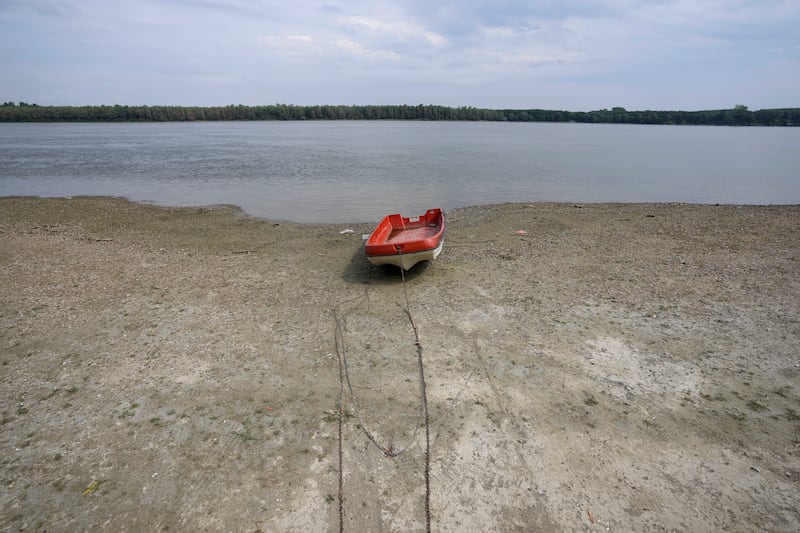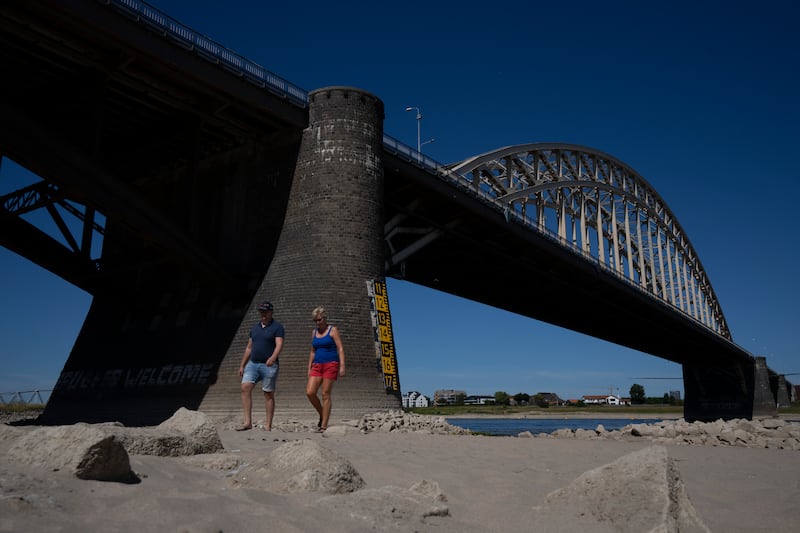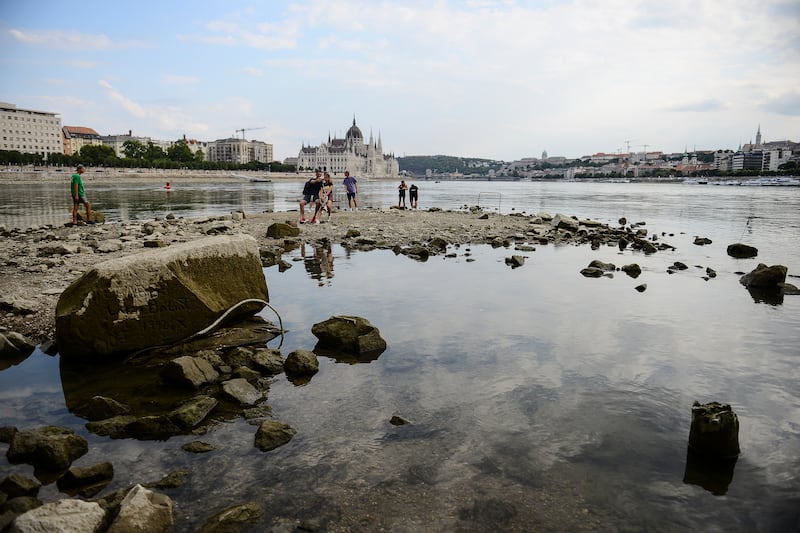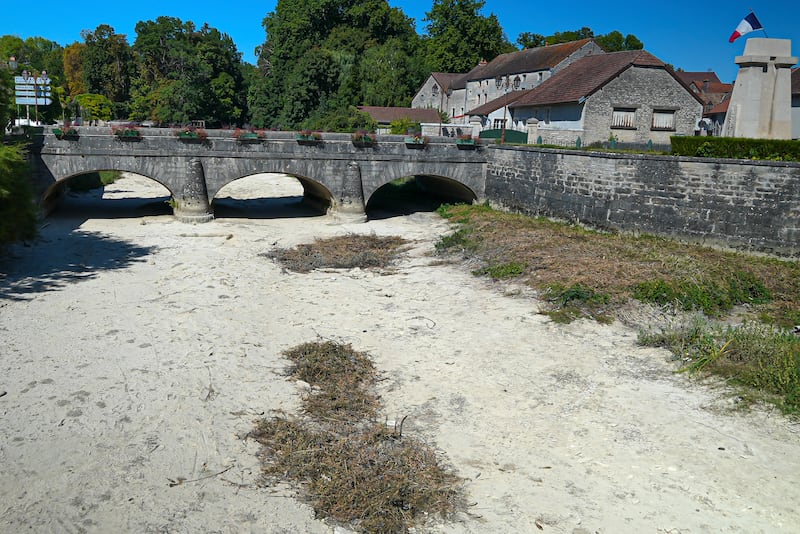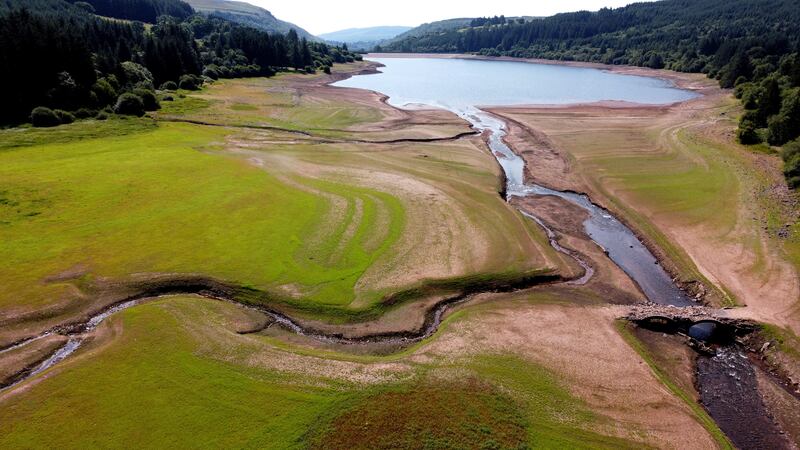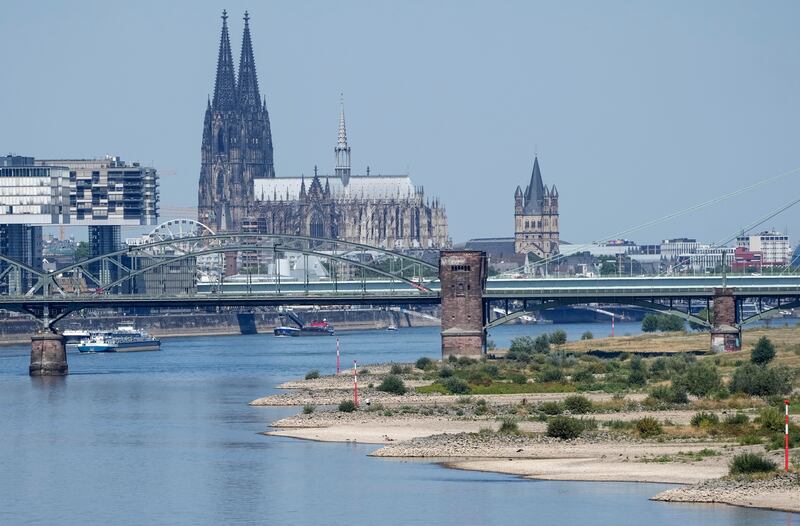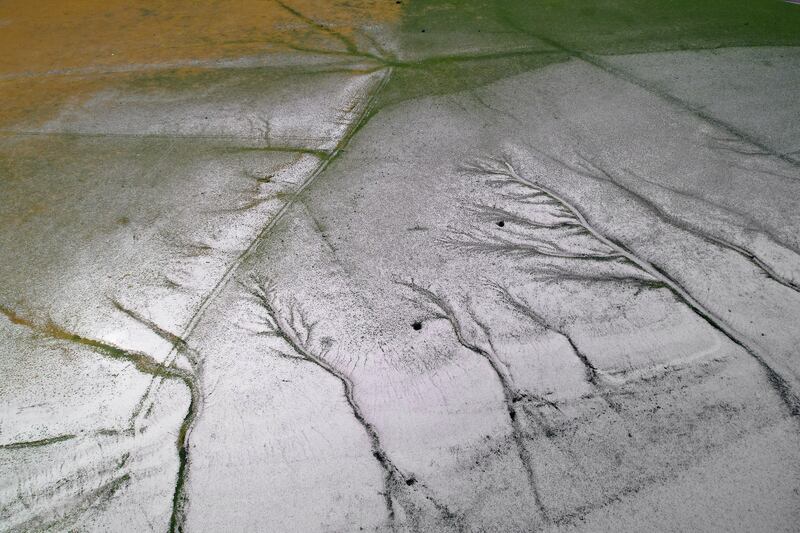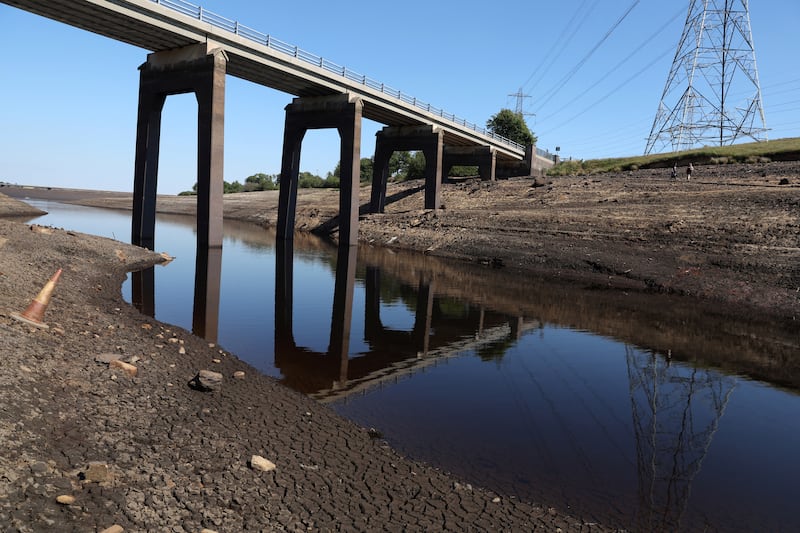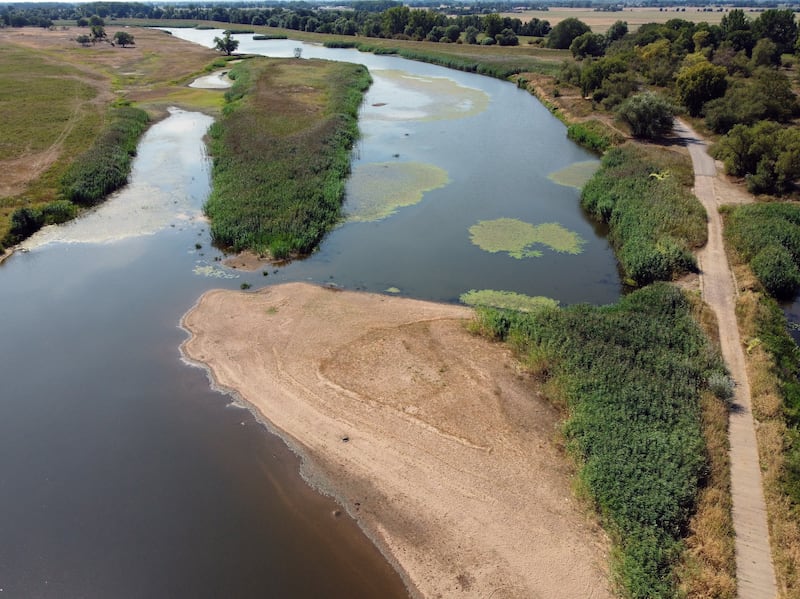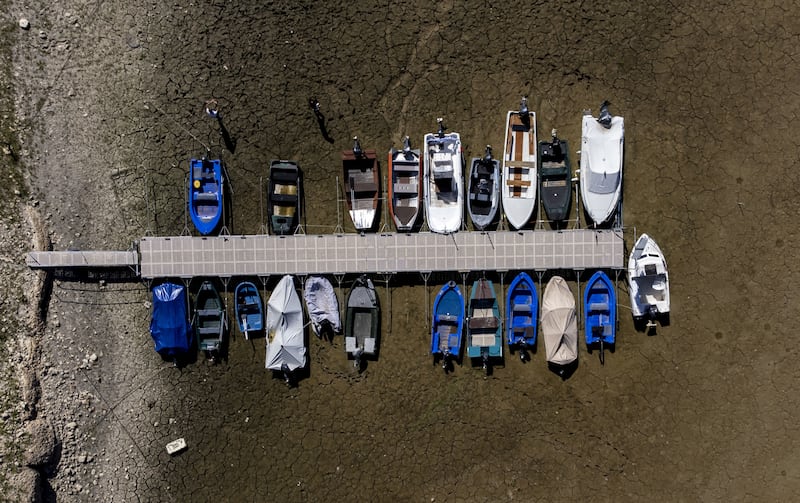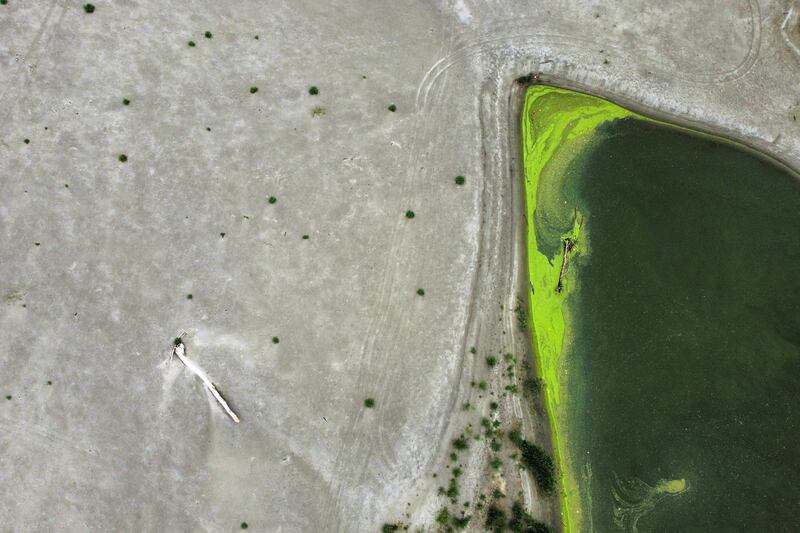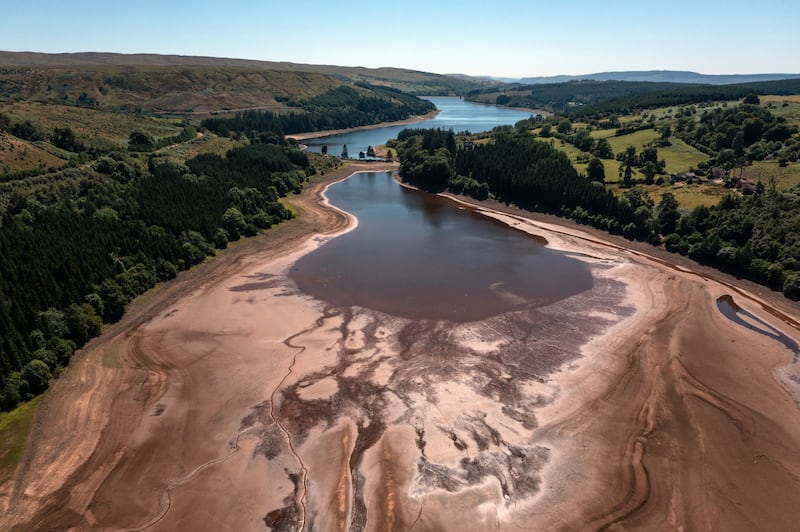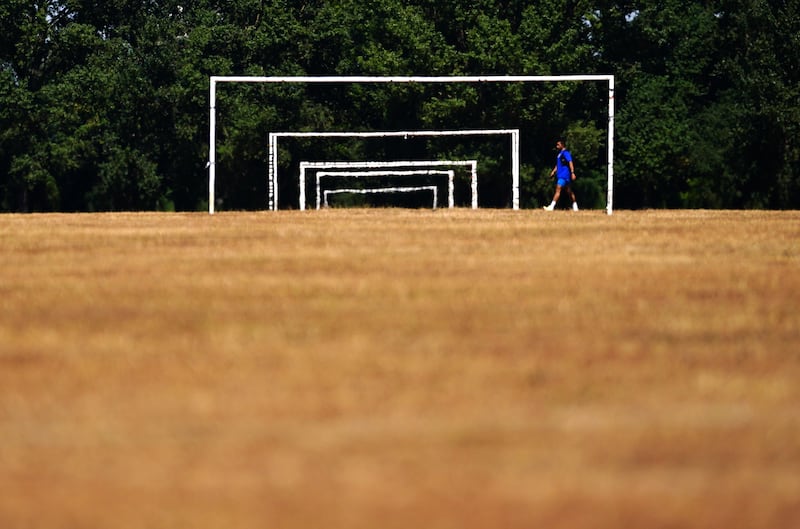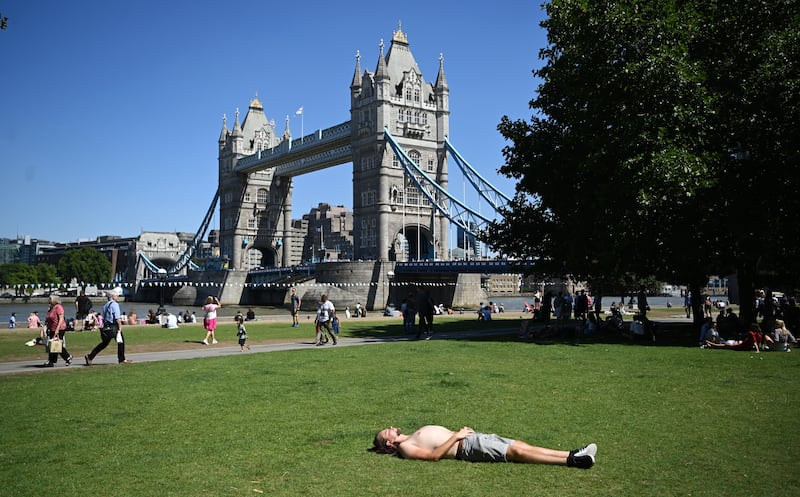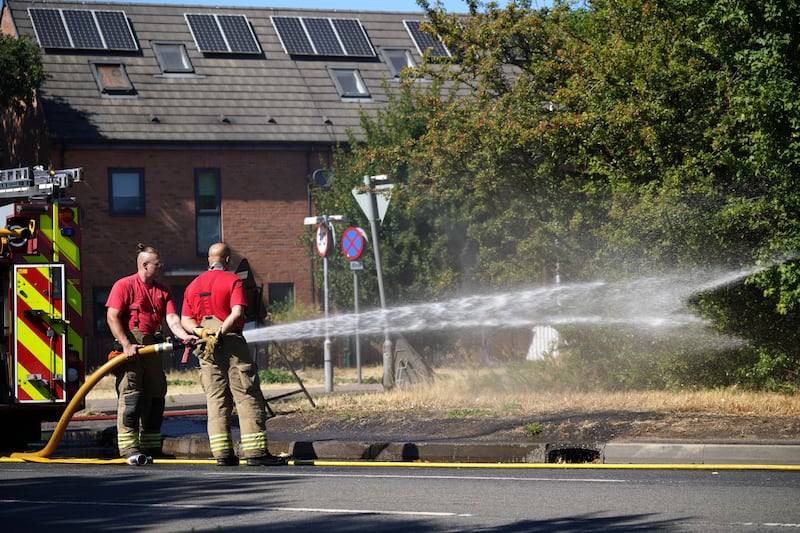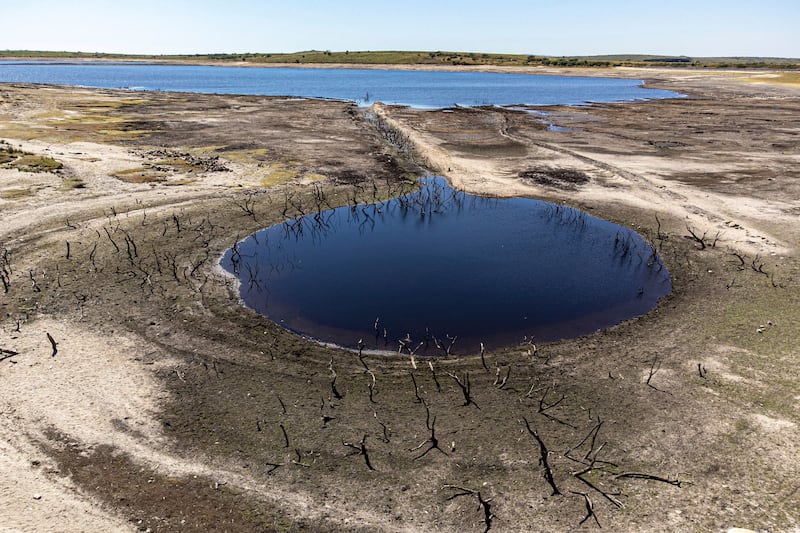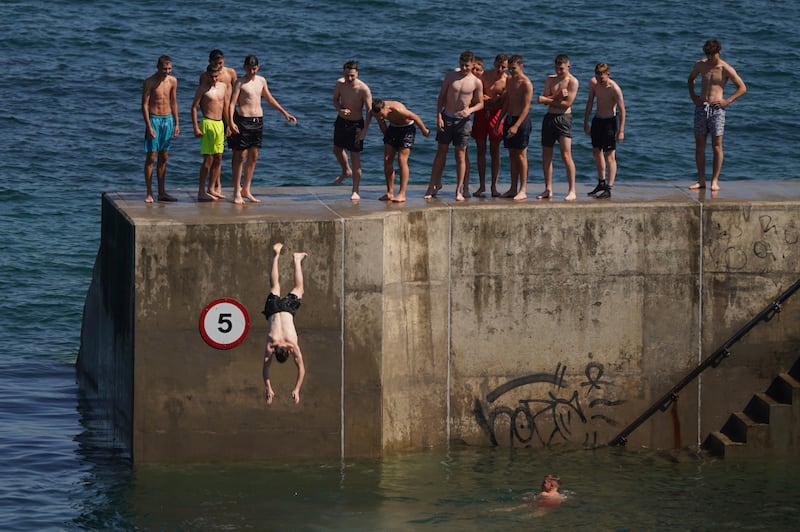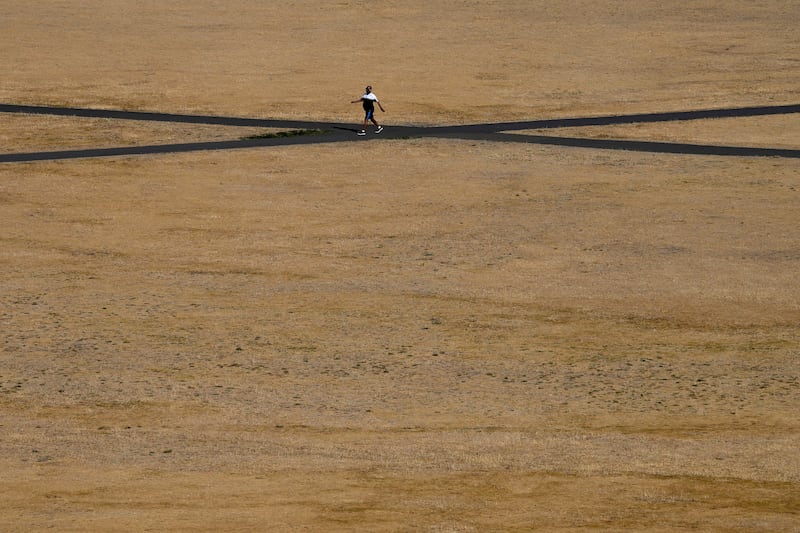Hot weather across Europe killed more than 15,000 people, the World Health Organisation (WHO) said on Monday.
The highest number died in Germany, while Spain, the UK, and Portugal reported more than 1,000 deaths each.
Europe, where air conditioning in homes is not common, endured rather than enjoyed its hottest summer yet, with traditionally cooler nations to the north experiencing national records.
The figures were released as the Cop27 environmental summit began work in Cairo, Egypt.
“Based on country data submitted so far, it is estimated that at least 15,000 people died specifically due to the heat in 2022,” WHO’s Europe regional director Hans Kluge said.
“Nearly 4,000 deaths in Spain, more than 1,000 in Portugal, more than 3,200 in the United Kingdom, and about 4,500 deaths in Germany were reported by health authorities during the three months of summer.
“This estimate is expected to increase as more countries report on excess deaths due to heat.”
The three months June to August period was the hottest in Europe since records began.
Exceptionally high temperatures led to the worst drought the continent has experienced since the Middle Ages.
Crops withered as the dry spell drove record wildfire intensity and placed severe pressure on the continent's power grid.
Successive heatwaves between June and July, when temperatures topped 40ºC in Britain for the first time, saw some 24,000 excess deaths in Europe.
Heat stress, when the body cannot cool, is the leading cause of weather-related death in the WHO’s European region.
Mr Kluge added that there was an escalation of heatwaves, droughts and wildfires, all of which have affected people's health.
Tens of thousands of western Europeans were forced to leave their homes and flee wildfires.
Much of Europe simply is not heatproof, with old and new buildings designed with more moderate temperatures in mind and infrastructure is not properly equipped to cope with the heat.
Rivers dried up in a continent-wide heatwave when south-east England endured its longest dry spell in nearly 50 years.
Water levels on the Rhine, which serves as a major shipping lane and is vital to the German economy, plummeted to the point that trade on some sections is at risk of being halted.
Parts of the River Po, Italy’s longest water way, dried out, leaving the riverbed exposed.
The River Doubs on the Swiss-French border dried up in a record drought, causing its famed waterfall to run at a trickle.
